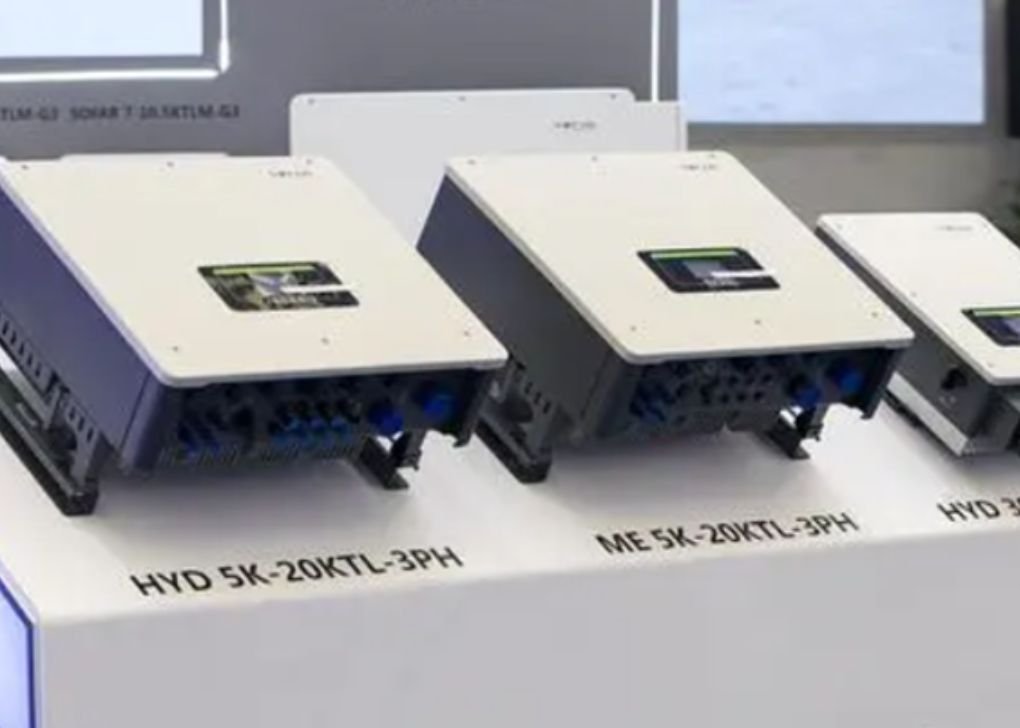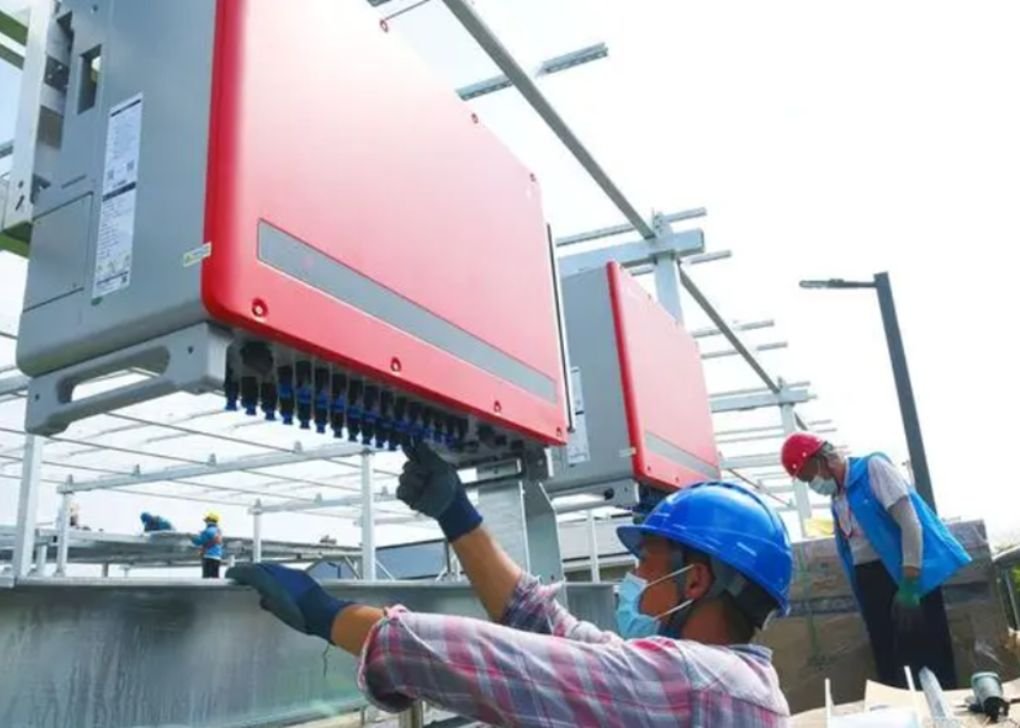Have you chosen your solar panels? Then the next step is to screen out the inverter most suitable for your solar panel through the supplier. An inverter is a device that converts electricity from solar panels into usable energy for loads and converts direct current from photovoltaics to alternating current in an inverter. It is usually the most complex part of solar energy and is one of the cores. Therefore, to avoid frequent failures in your system, we will guide you in choosing the most suitable power inverter.
Choosing the right inverter for your solar panels is easy
First, inverters can be roughly divided into off-grid inverters and grid-connected inverters. This is the basis to help you choose the right inverter according to the application site requirements and your preferred inverter type. Off-grid inverters are designed to work alone and cannot be synchronized with the grid. And off-grid is usually configured with battery usage. Grid-tie inverters are connected to your home to supplement the main power. It is also possible to feed excess electricity into your city grid.
How to choose the most suitable inverter for solar panels?
Based on the total power of your solar panels and their average daily/monthly power consumption, you can calculate the exact wattage and size of your inverter. For example, if your solar panel is 3000W, then the wattage of your inverter should not be lower than 3000W. At the same time, if your load type involves inductive or impact load, you need to choose a margin power range. You can consider 4000W or 5000W to provide greater surge protection and starting power.
As for the size of the inverter, it will also vary in its rated power range. You can choose a wall-mounted or floor-mounted inverter according to your needs, especially a hybrid inverter with a built-in MPPT charger controller will be a better choice. Also, you can know how the inverter will work before buying it. There may even be differences in the description of conversion efficiency between inverters of the same type.
What is the difference between photovoltaic inverters and energy storage inverters?
As the core components of photovoltaic power generation and energy storage systems, although the fields of action are the same, these two things are not the same. The photovoltaic inverter is an inverter specially used in the field of photovoltaic power generation. It converts the direct current generated by solar cells into alternating current and then merges it into the grid. The alternating current of the load plays a vital role in the photovoltaic grid-connected power generation system.
The energy storage inverter is called the energy storage converter. It is a key device between the energy storage device and the power grid. It is used to control the charging and discharging process of the leisure battery and perform AC-DC conversion—AC load power supply to realize the regulation of the grid’s active power and reactive power. The biggest difference is that the photovoltaic inverter can only convert direct current into alternating current in one direction. At the same time, the energy storage alternator has two-way functions and has energy control in both directions of charging and discharging.
What are the precautions for inverter installation and maintenance?
How to install a photovoltaic inverter, the 15 points for attention are as follows:
- Before installation, check whether the inverter is damaged during transportation.
- When choosing a site for photovoltaic inverter installation, it should be ensured that there is no interference from any other power electronic equipment around.
- Disconnect the DC side circuit breaker before making electrical connections.
- Professionals must do all installation operations.
- The cables used in the photovoltaic power generation system must be strong and well-insulated.
- All electrical installations must meet the local power grid and electrical standards requirements.
- The inverter can only be connected to the grid after obtaining the permission of the local power company and having all electrical connections completed by professional technicians.
- Before any maintenance work, disconnect the electrical connection between the inverter and the power grid, then disconnect the DC side’s electrical connection.
- Wait 5 minutes until the internal components are discharged before performing maintenance.
- Any failure affecting the safety performance of the inverter should be eliminated immediately before the inverter can be started again.
- Avoid unnecessary circuit board contact.
- Comply with the electrostatic protection regulations and wear anti-static wristbands.
- Pay attention to and obey the warning signs on the product.
- Preliminary visual inspection of the equipment before the operation for damage or other dangerous conditions.
- Pay attention to the surface of the inverter and the radiator on its back. After the inverter is powered off, it will maintain a high temperature for some time, so don’t get burned.



